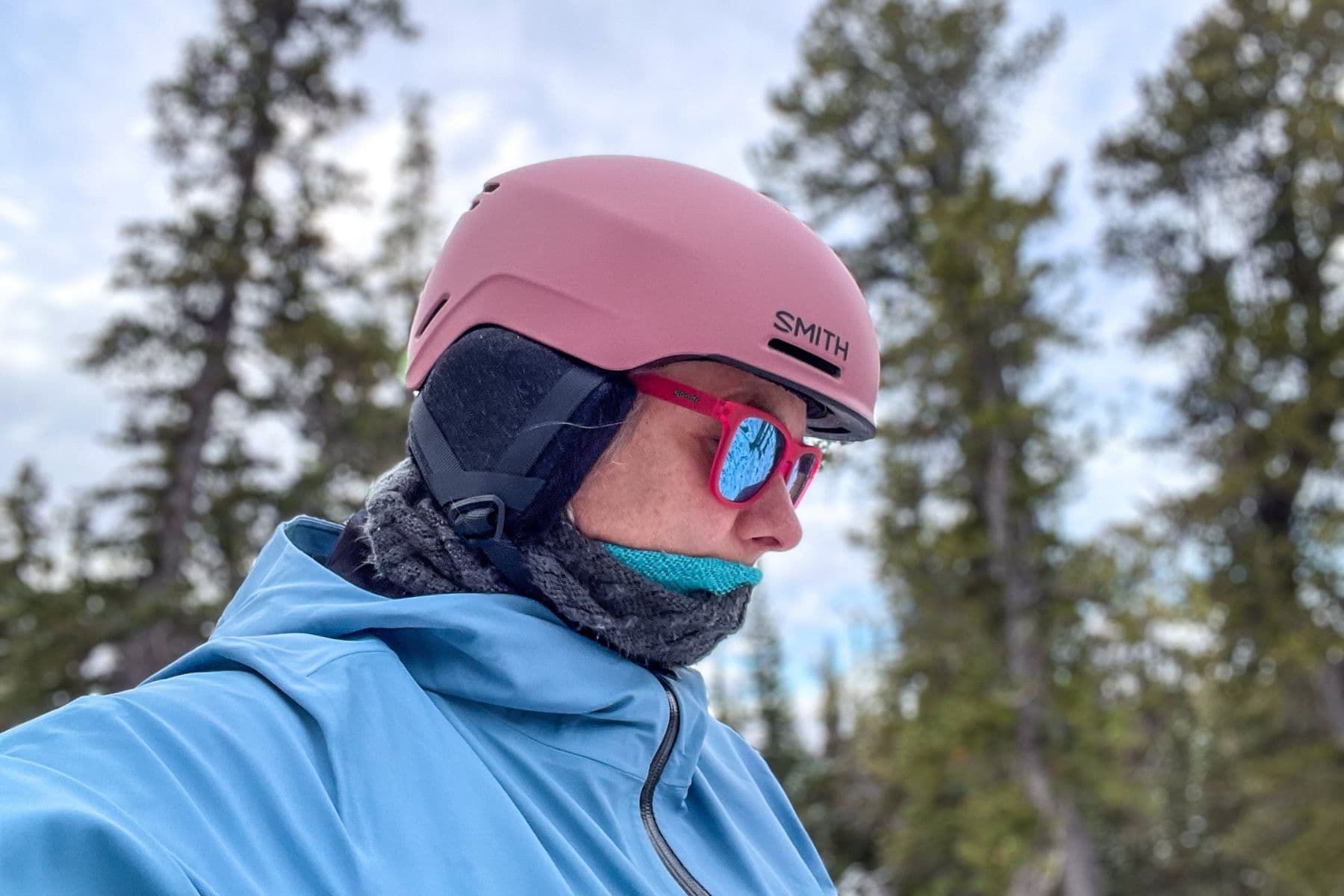When it comes to helmet safety, understanding the certifications can help you make an informed choice. DOT and Snell certifications are two of the most recognized standards in the helmet industry, each with different testing requirements and levels of protection.
In this article, we’ll explore the key differences between DOT and Snell certifications, why they matter, and how to choose the right one for your riding needs.
1. Understanding Helmet Safety Certifications
Safety certifications indicate that a helmet meets specific impact and protection standards, making it safer to use in different riding conditions. In the U.S., the two main certifications are:
- DOT (Department of Transportation): A U.S. federal standard that applies to all helmets sold for on-road motorcycle use.
- Snell Memorial Foundation: A private, non-profit organization known for rigorous testing, often exceeding DOT standards.
2. What is DOT Certification?
The Department of Transportation (DOT) has set minimum safety standards, known as DOT FMVSS 218, which every motorcycle helmet must meet to be legally sold for on-road use in the U.S.
Key Features of DOT Certification:
- Basic Protection Standards: DOT-certified helmets must pass tests for impact absorption, penetration resistance, and retention (chin strap strength).
- Testing Criteria: DOT standards focus on protecting riders at lower impact speeds, which is realistic for common road accidents.
- Self-Certification: Helmet manufacturers self-certify that their helmets meet DOT standards, with random spot-checks by the National Highway Traffic Safety Administration (NHTSA) to ensure compliance.
Pros and Cons of DOT-Certified Helmets:
- Pros:
- Meets essential safety requirements for on-road use.
- Lighter, as they are designed for typical road accidents.
- Affordable and widely available.
- Cons:
- Less rigorous than Snell testing.
- Limited to protection standards deemed adequate for street riding, with lower impact thresholds.
3. What is Snell Certification?
The Snell Memorial Foundation is an independent organization with more stringent testing criteria than DOT, created to honor racer Pete Snell, who died in a racing accident.
Key Features of Snell Certification:
- Rigorous Impact Testing: Snell-certified helmets undergo multiple impact tests at different locations and energy levels, simulating a broader range of accident scenarios.
- Penetration Testing: Snell helmets are tested with a sharp metal object to ensure resistance to penetration, a feature not required by DOT.
- Chin Bar and Shell Strength: For full-face helmets, Snell also tests chin bar strength, adding an extra layer of protection for the face.
- Continuous Recertification: Snell-certified helmets are regularly retested to maintain compliance, ensuring ongoing quality and safety.
Pros and Cons of Snell-Certified Helmets:
- Pros:
- Offers a higher level of protection for more extreme riding scenarios.
- More rigorous testing for impact, penetration, and chin bar strength.
- Frequently used by racers and high-speed riders due to added safety.
- Cons:
- Heavier due to additional protective materials.
- Generally more expensive than DOT-certified helmets.
- Not required for street use, as it exceeds basic road safety needs.
4. DOT vs. Snell Testing Procedures
| Feature | DOT Certification | Snell Certification |
|---|---|---|
| Impact Test | Single impact test with limited force | Multiple impacts at higher force levels |
| Penetration Test | No penetration test | Sharp object penetration test |
| Chin Bar Test | Not required | Required for full-face helmets |
| Testing Frequency | Spot-checked by NHTSA, self-certified by makers | Continuous, rigorous recertification by Snell |
| Primary Use | Street riding | High-speed or competitive racing |
| Cost | Generally more affordable | Higher cost due to stricter testing |
This table offers a side-by-side comparison of the two certifications, showcasing how Snell provides additional safety features beyond what DOT requires.
5. Which Certification Should You Choose?
For Everyday Street Riders:
- DOT Certification: DOT-certified helmets are suitable for most street riders, offering essential protection at a reasonable price. These helmets are also lighter and more affordable, which can be advantageous for commuting or city riding.
For Racers and High-Speed Riders:
- Snell Certification: If you frequently ride at high speeds, participate in racing, or value additional safety features, a Snell-certified helmet provides extra layers of protection. The enhanced impact resistance and chin bar strength make it ideal for more extreme conditions.
For Adventure and Off-Road Riders:
- Dual Certification (DOT and Snell): Some helmets are certified by both DOT and Snell, providing versatile protection for riders who need the helmet to be street-legal but also require higher safety standards for more intense riding environments.
6. Notable Helmet Brands with DOT and Snell Certifications
DOT-Certified Helmets:
- Bell Qualifier: Known for comfort and affordability, meeting DOT standards for street riders.
- HJC CL-17: A popular choice with lightweight construction and adequate protection.
- Scorpion EXO-R420: Affordable, DOT-certified with additional safety features for street riding.
Snell-Certified Helmets:
- Shoei RF-1400: Snell-certified and popular among racers and high-speed riders for its exceptional protection and comfort.
- Arai Corsair-X: Premium helmet with Snell certification, ideal for track or competitive use.
- Bell Race Star Flex DLX: Designed for high-speed racing with rigorous Snell certification.
These brands offer helmets that align with each certification’s unique standards, allowing riders to choose a helmet tailored to their specific needs.
Conclusion: Choosing Between DOT and Snell
When it comes to choosing between DOT and Snell-certified helmets, consider your riding environment, budget, and safety preferences. DOT-certified helmets provide the essential protection required for everyday street riding, making them suitable for the average commuter. On the other hand, Snell-certified helmets go above and beyond, making them the go-to for racers, high-speed riders, and those who prioritize maximum protection.
Investing in a helmet that meets your riding style’s demands is crucial, as it can mean the difference between moderate and severe injuries in an accident. Remember, while both certifications offer a level of protection, the choice ultimately depends on the level of safety and performance you need on the road.







